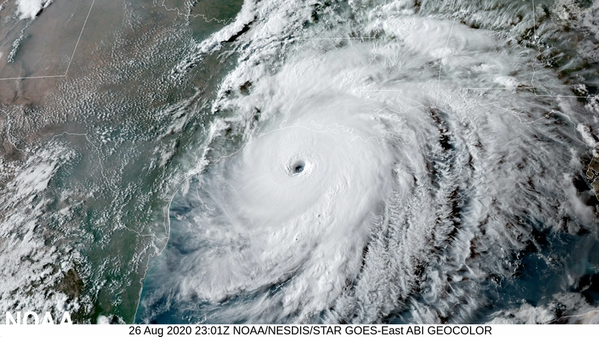
The U.S. government on Thursday forecast an above-normal 2021 Atlantic hurricane season, which is already off to an early start with a storm expected to form off Bermuda this week.
The U.S. National Oceanic and Atmospheric Administration (NOAA) forecast between three and five major hurricanes, with sustained winds of at least 111 miles per hour (178 kph), will form in 2021.
Between six and 10 hurricanes with winds of at least 74 mph (119 kph) are expected out of 13-20 tropical storms in 2021, NOAA forecasters said. Tropical storms have winds of at least 39 mph (63 kph).
The average for tropical cyclones in the Atlantic between 1991 and 2020 is three major hurricanes, seven hurricanes and 14 tropical storms. The average increased after NOAA shifted the 30-year period used to set the averages earlier this year.
The 2020 hurricane season was the most active on record and produced 30 named tropical storms.
Matthew Rosencrans, head of forecasting for the U.S. National Weather Service, said climate change affects storm intensity.
“Climate change has not been linked to the frequency of storms but is has been linked to the intensity of storms,” Rosencrans said.
Academic and commercial meteorologists have also predicted an above-average season for 2021, but not as busy as 2020 because of an end to the LaNina system that promotes storm formation.
Although the hurricane season officially begins on June 1 and continues through Nov. 30, tropical storms in May are not unusual.
“In recent years, we’ve had quite a few storms form prior to June 1,” said Philip Klotzbach, who leads Atlantic hurricane season forecasting at Colorado State University. “Since 2015, we’ve had at least one named storm form prior to June 1 each year.”
There have been 19 named storms in May since 1950, Klotzbach said.
(Reporting by Erwin Seba, additional reporting by Liz Hampton; Editing by Chizu Nomiyama, Marguerita Choy and Andrew Heavens)